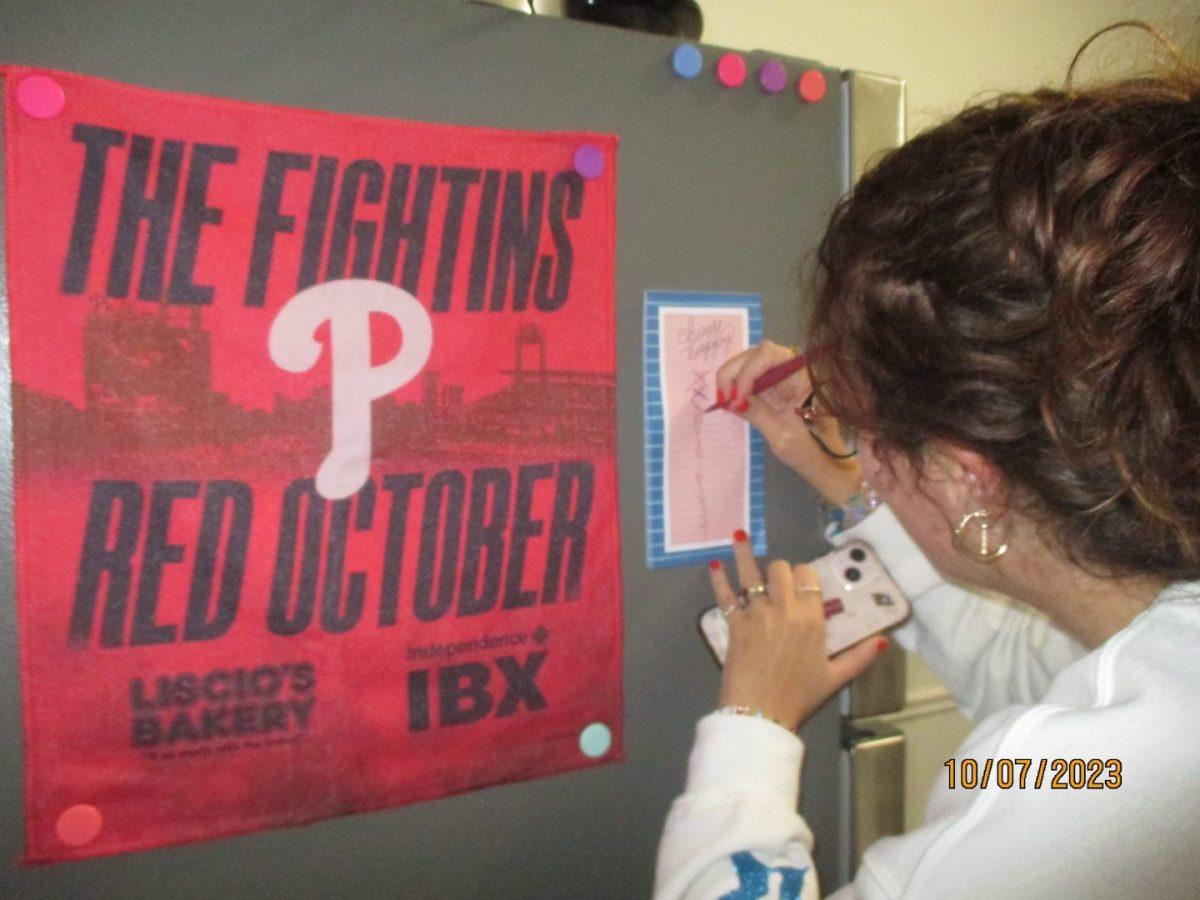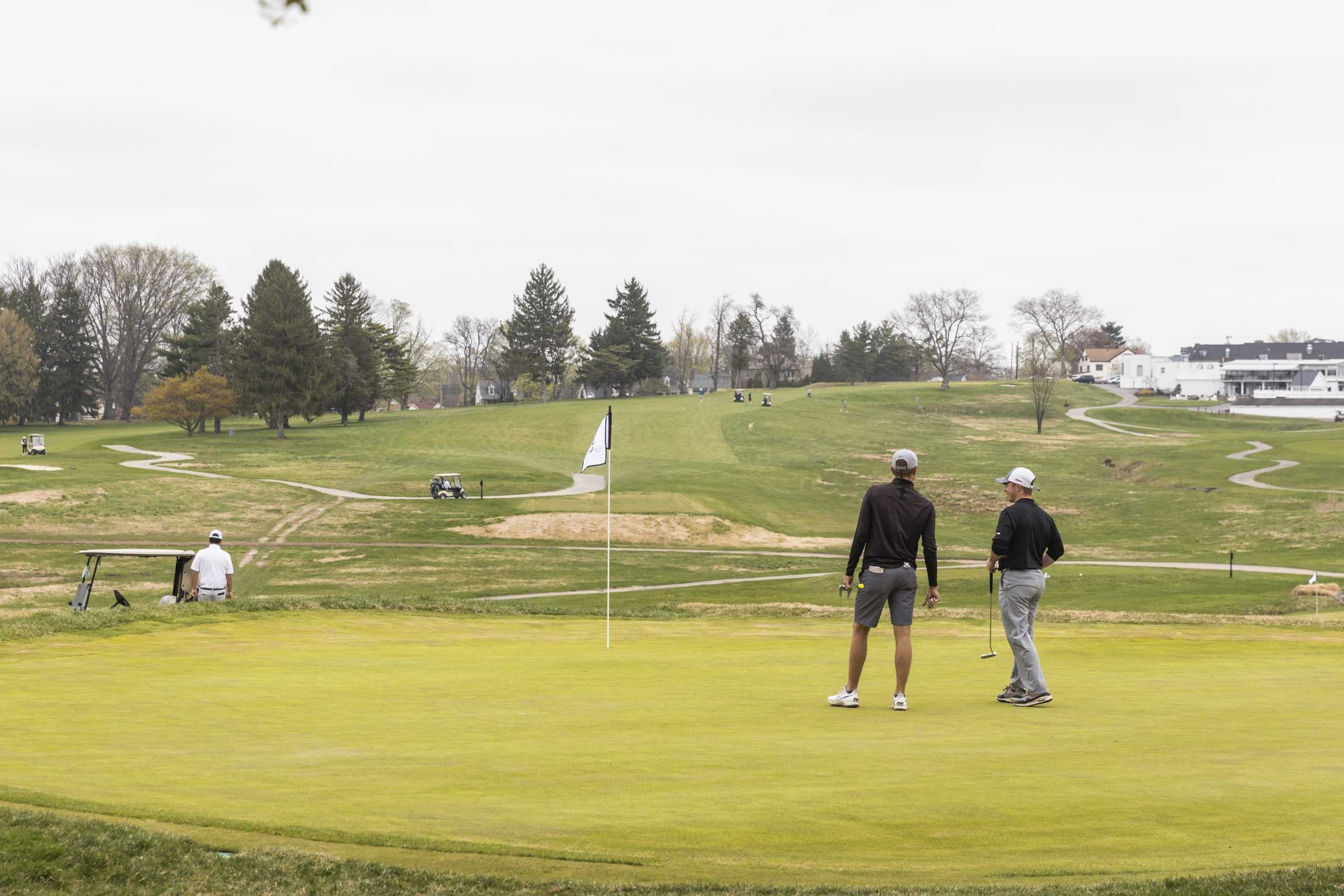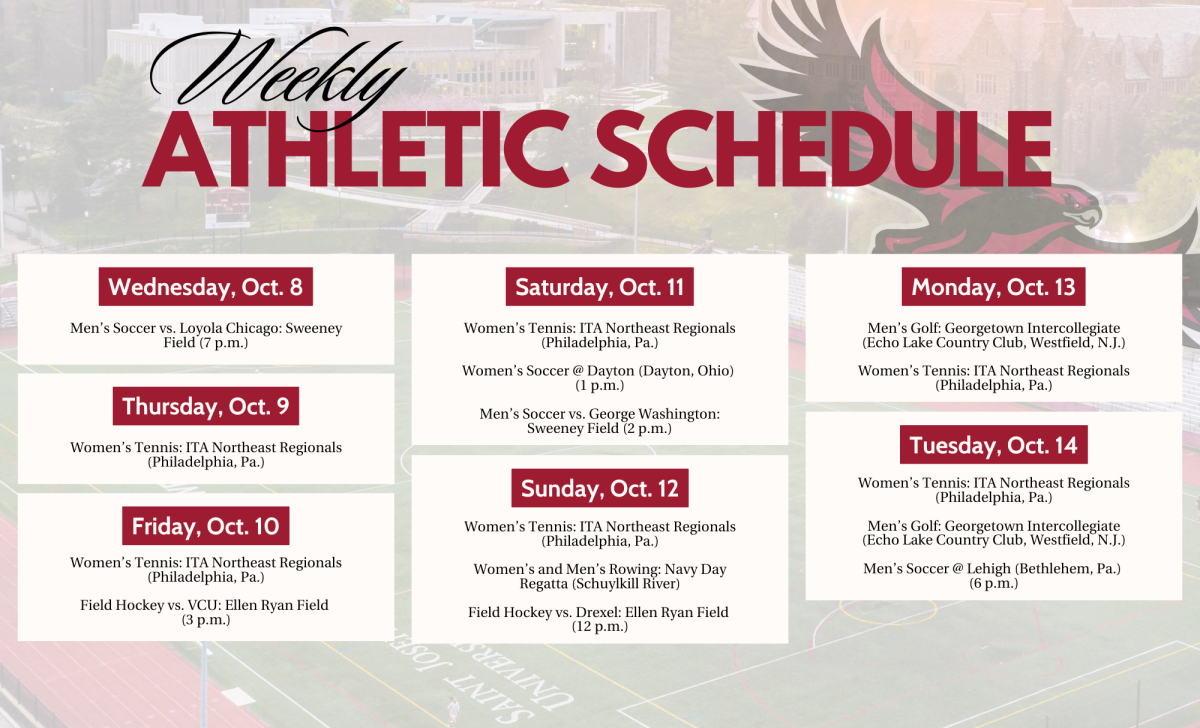Chris Barletta, club manager and head golf professional at Bala Golf Club in Philadelphia, has been nervous about his club ever since the start of the coronavirus pandemic. But Barletta’s concern is not about the club losing members. It’s about having too many.
“I’ve been here since 2006,” Barletta said. “This is the first time that we capped the membership.”
Golf usually takes a back seat to other major sports, but with those sports largely sidelined by the pandemic, people turned to golf.
“There’s been a pretty dramatic spike in numbers of participation and people joining or wanting to join clubs or make tee times,” said golf writer Tom Coyne, M.F.A, associate professor of English. “The interest has been really high.”
According to The National Golf Foundation and Golf Datatech, there were 10 million more rounds of golf played in summer 2020 compared to summer 2019. That’s approximately a 20% increase.
When Bala Golf Club initially closed last spring during the lockdown, Barletta said he was not sure how the business would fare.
“Most of us in the golf industry feel it’s turned out way better than we thought,” Barletta said. “When March 20 came around last year and we had to close the doors on an 80-degree day in March for six weeks, a lot of people in the industry, people with the major manufacturers, were very concerned. It played out a little better than any of us would have expected.”
While the initial lockdown prevented golfers from making their way onto the course, restrictions were set allowing foursomes to go out in small, socially distanced groups. People saw this as an opportunity to try something new during the pandemic that allowed for social distancing outside.
Coyne said the pandemic is a historical event that boosted golf’s popularity. The last time golf saw a similar spike, he said, was when Tiger Woods dominated the game in the 1990s.
“When he won the Masters in ’97, golf went through the roof because everybody thought golf was cool,” Coyne said. “Tiger Woods made it very exciting. A lot of people were playing golf, a lot of people were buying golf equipment, a lot of people were taking lessons.”
Rob Jeffrey, a PGA teaching professional at BQ Golf Academy in Conshohocken, said golf became an outlet during the pandemic when so many other activities were limited due to COVID-19 restrictions. Golf provided safe, outdoor family time, Jeffrey said.
“Last year, nobody went anywhere,” Jeffrey said. “They were quarantining. There’s no traveling. There’s no airplanes. So they turned to golf. A lot of new golfers either came into the game or came back to the game.”
That included more young golfers, too, Jeffrey said.
“More kids were introduced to the game last year because the parents couldn’t take them on vacations,” Jeffrey said. “Golf clubs, country clubs, have had to reinvent themselves to be more family oriented or user-friendly.”
Clubs had to introduce new safety protocols as well. At Bala Golf Club, hand sanitizing stations were installed and golf carts are regularly disinfected. Barletta said the club also emphasized social distancing and small groups.
“Fortunately for golf, it’s a very easy industry to maneuver around the COVID regulations,” Barletta said. “We just sort of made our facilities in the position where people don’t have to go indoors.”
Barletta said he is not sure if golf’s current high will last.
“Certainly it’s going to be hard to keep all that interest and all those new golfers, for various reasons, such as time, such as money, such as the game’s hard,” Barletta said. “Golf always has its cycles where it’s incredibly popular, and then it slows down a little bit. So, we’ll see.”
Coyne said he thinks golf can retain its popularity for new golfers if they enjoy what drew them to it in the first place.
“I’m a golf nerd, but for people who aren’t into the game, sell them on the fact that you’re going to burn 1,500 to 2,000 calories, you’re going to walk five to six miles, and you’re going to have fun while you’re doing it,” Coyne said. “For people that aren’t golf heads, that’s the best thing we have to offer them, and we can’t forget that.”
















































